The famous openwork weaving from Romania has been known since ancient times. The forgotten handicraft was replaced by industrially produced lace knitwear. Lacemakers are increasingly less likely to take up the previously popular method of knitting Romanian lace. One of the simplest techniques for making original products is returning to the circles of connoisseurs of high art. Many hand-made products remain beyond competition.
The history of lace
Every Romanian woman's job was to embroider, braid, weave and spin. Clothing was made at home by hand. Historical finds confirm the use of cord lace to decorate the home.

The modern fashion for creating collars, boleros, jackets, handbags and belts as elements of festive clothing is used more and more often. The return of table napkins and shawls on the shoulders makes a woman and her home more elegant and mysterious. Tunics and wedding dresses using the finest Romanian lace are valued in the markets of many countries. Exquisite works of art usually exist in limited quantities because they are made by hand.
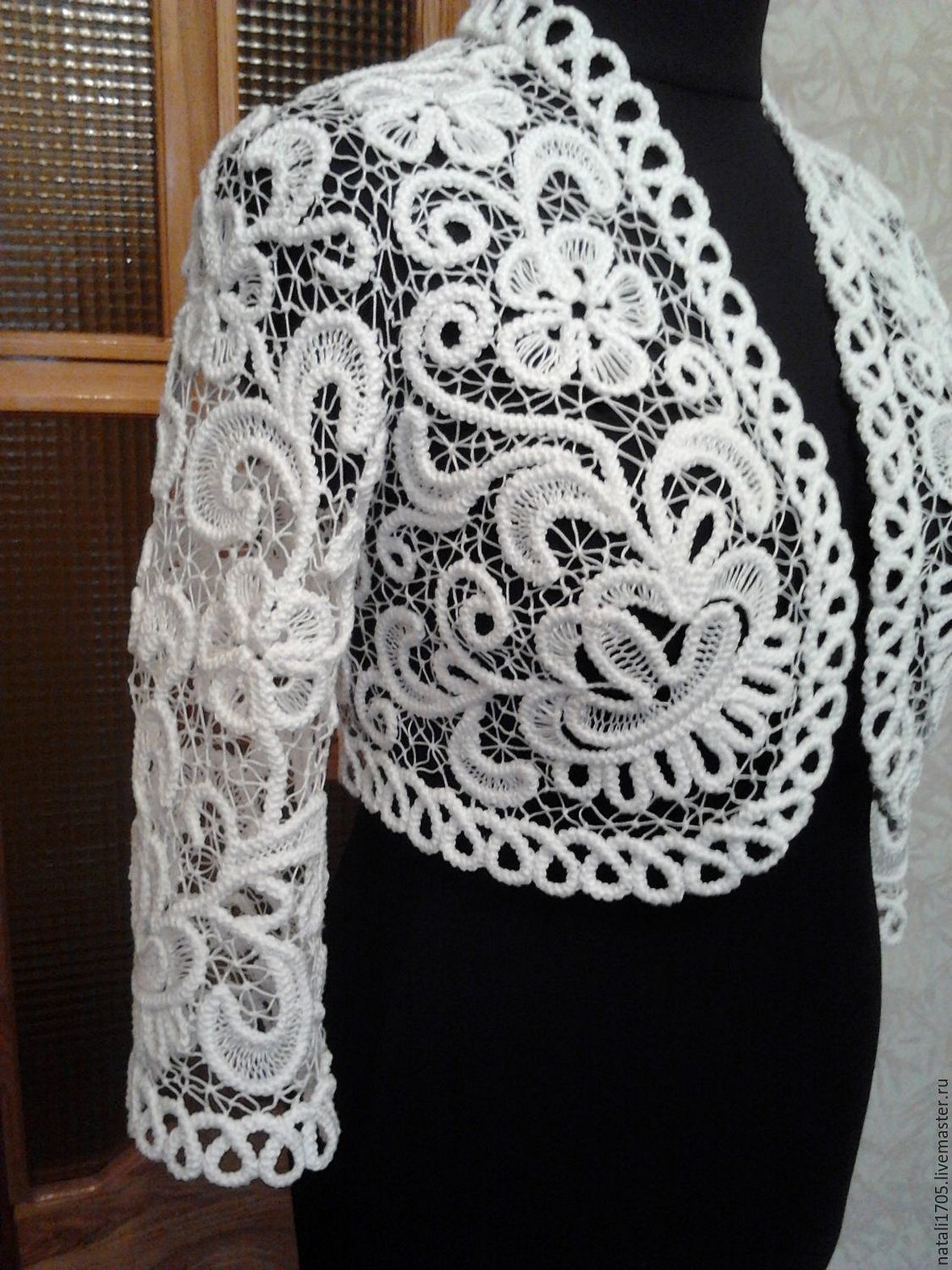
What is Romanian lace?
The main difference in production is the use of knitted cords, from which the pattern is folded.
Please note! The ability to knit basic details is available to non-professionals.
The cords laid out according to the template are secured to the fabric base and the patterned binding according to the selected scheme is started. The finished product is detached from the model.
The technique of joining different types of cords already includes a creative approach to the execution of lace art. The use of elements of different sewing or knitting methods distinguishes types of pattern art.
The techniques of lace making are divided
- on bobbins;
- shuttle woven (tatting);
- sewn (delicate needle, hardanger with thread pulling);
- knotted (macrame);
- knitted, crocheted;
And many others that have national characteristics.
Made with yarn, hook and needle, Romanian lace is not inferior to the masterpieces of world fashion designers.
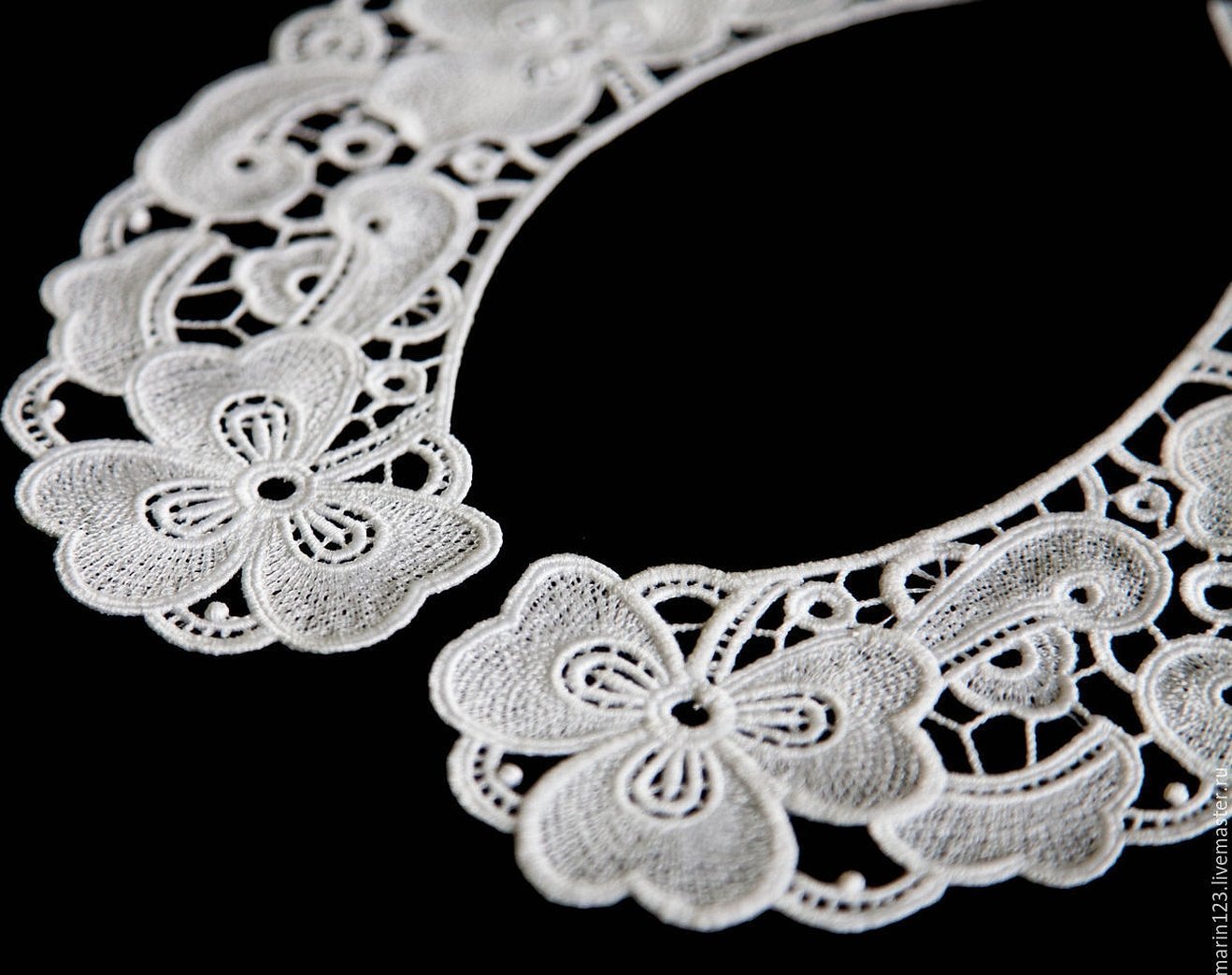
Methods of creating laces
An unlimited number of ways to weave cords determines the sophistication of the future lace. In one product, it is possible to use threads and cords of different thickness and configuration.
Cotton threads are used most often to weave the main cord. This is due to its non-slip properties, because the entire product will be held on it. Threads of a different quality can be used to connect the elements of the pattern - wool, flax, viscose. More painstaking work and perseverance are required to make a product from the finest threads containing synthetics or lurex.
The thickness of the thread and the size of the hook require the selection of an appropriate pattern. Using coarse threads for a delicate design can lead to an unexpected result.
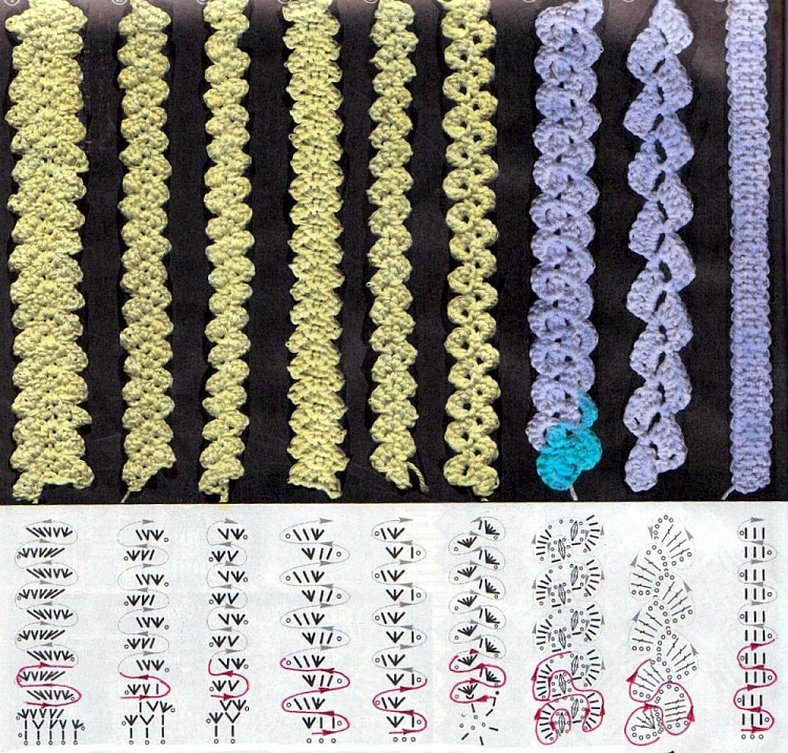
Scheme for making a "caterpillar"
Before knitting the cord, preparatory work is carried out by making a diagram of the finished product, transferring the template onto paper, attaching it to the fabric, and covering it with a protective layer of film to keep the lace clean.
To make the main cord, cotton threads such as "Iris", "Daisy", "Snowflake" and a crochet hook No. 1.0 are used. The Romanian lace pattern is laid out with a knitted cord. "Caterpillar" and "wide caterpillar" are knitted according to the same principle using two or three loops. Before knitting the side loops, a simple column is made connecting the front and back parts of the wall.
Other types of openwork cords can be used to tie the fixed template.
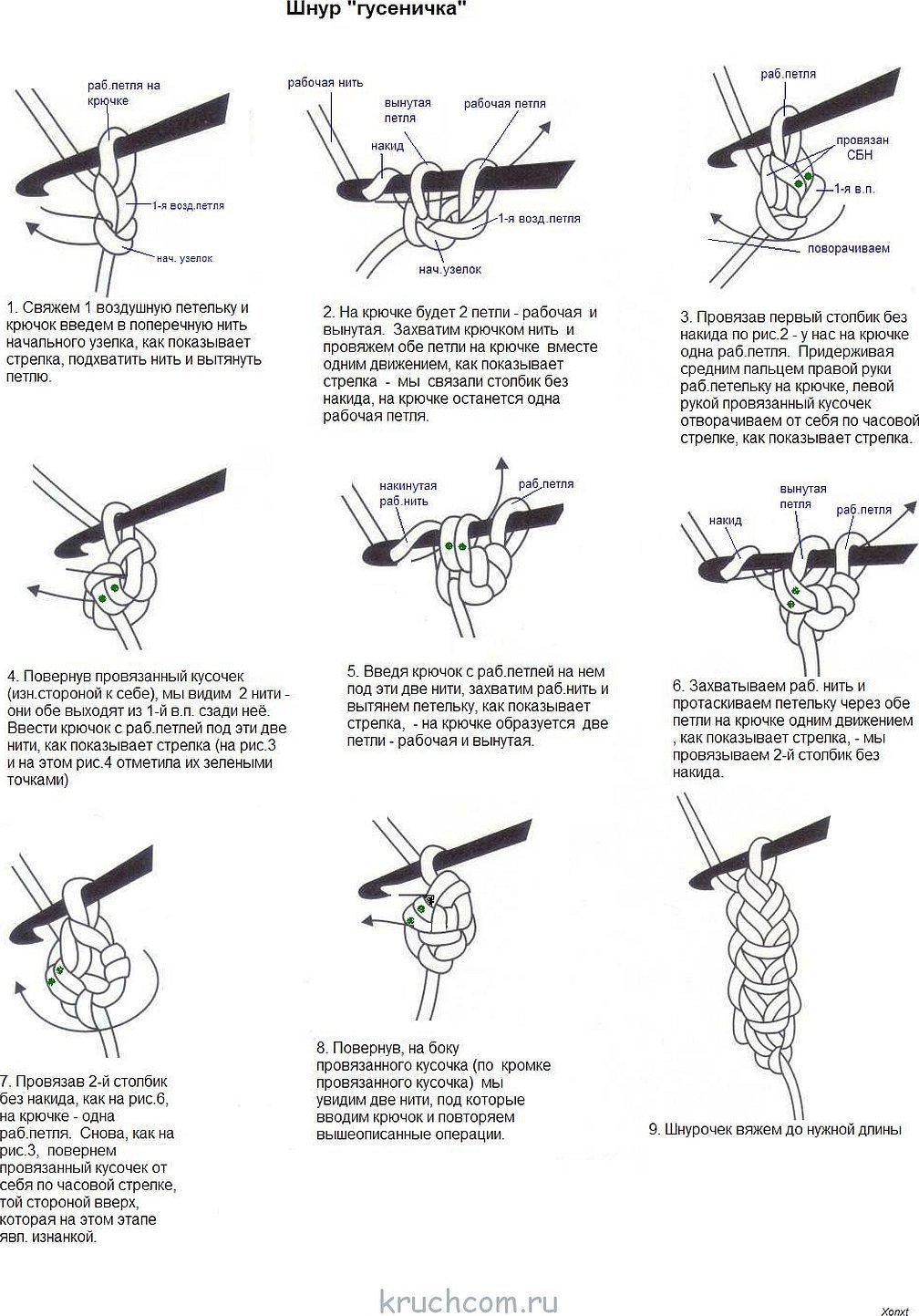
Knitting a lace
The sequence of execution consists of the following stages:
- Knit a chain stitch from the previous knot.
- Connect the working loop with a chain stitch using a single crochet.
- Turn the knitting 180 degrees and repeat the previous steps.
- A new air loop is pulled out from under the previous one, but from the back side.
- The loops are connected with a single crochet and the knitting is again turned around in a circle by 180 degrees.
- The cord is always turned in one direction - clockwise.
The finished cord is wound onto a ball as it lengthens.
Please note! To add variety to the monotonous action, particularly impatient craftswomen grab the cord to the pattern template in order to maintain a certain length without cutting the knitting into pieces.

Loop symbols
To get a chain stitch, simply insert the hook into the first stitch and pull the thread up through the chain. The chain stitch is the basis of knitting.
A single crochet is made up of a chain stitch and a working stitch knitted together. This type of knitting creates the densest fabric.
A half double crochet is made by wrapping the working thread around the hook before pulling out the air loop. Three loops are formed, which are knitted together. This type of knitting is used as a transition between different patterns.
A single crochet is made by lifting the last loop on two air loops. After the yarn over, pull the working thread and knit two loops in turn, and then two more (not three together).
The double crochet is performed according to the principle of the previous one, the resulting four loops are knitted two at a time, three times.
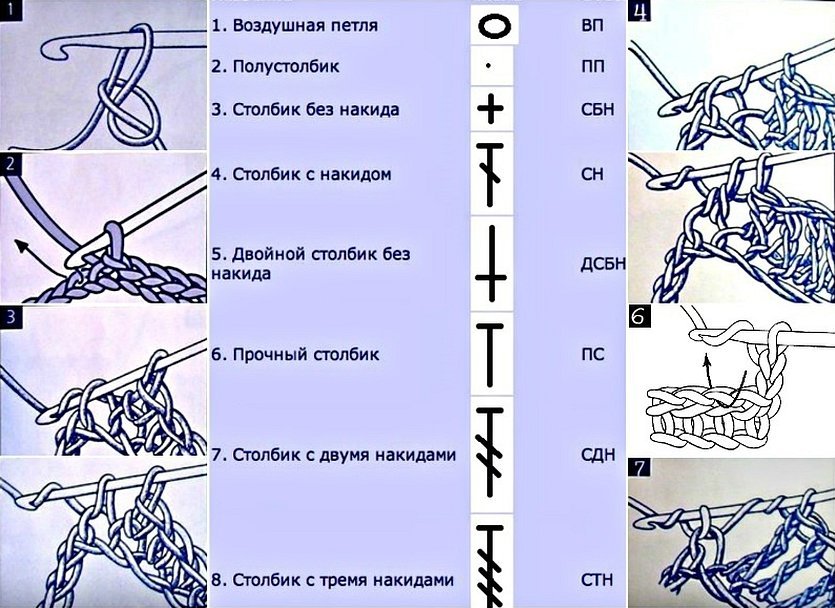
How to transfer a drawing onto canvas?
Romanian lace for beginners step by step instructions.
- Select an ornament from ready-made patterns or create your own.
- Applying a pattern to a paper medium.
- Transferring a design onto fabric using tracing paper.
- Sewing polyethylene over the template to keep the threads clean, especially the white ones.
- Making the main cord.
- Securing the cord with threads along the curves of the pattern.
- Filling the space between the cords by knitting or sewing.
- Detaching the finished product.
Please note! When making complex items such as jackets or dresses, a mannequin is often used on which a fabric blank is attached.
To create small patterns from thin threads, using a hoop makes the work easier.
If the design is created independently, it is possible to make the pattern directly on the fabric with a pen or marker. The material used does not necessarily have to be new. Paper models are sometimes glued together from several parts.
To work you will need a needle and thread, small scissors, a thimble, film the size of the template, soft fabric, tracing paper, and a pen.
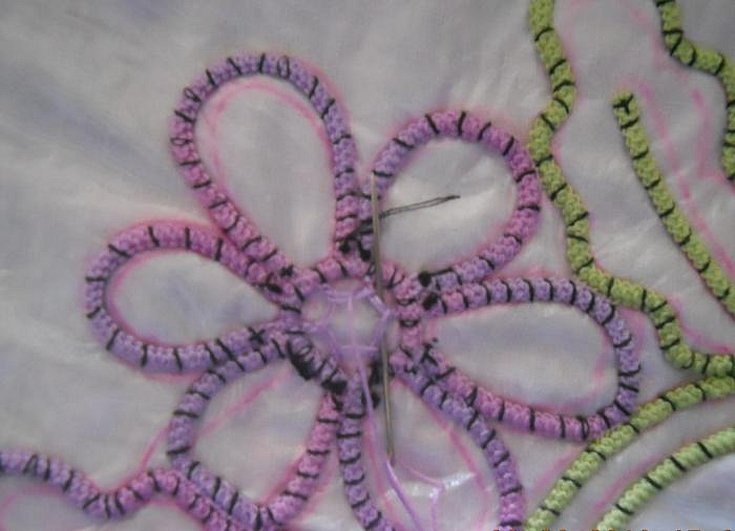
We analyze popular schemes
Today, there is no need to go to Romania to learn the art of weaving Romanian lace. Just watch a detailed master class with the principles of making openwork knitting. Of the popular patterns, beginners use patterns in the form of a ribbon for inserts in the sleeves of a product, on a belt or the hem of a dress.
Previously, this type of lace was used for edging tablecloths, bedspreads, sheets and pillowcases, window curtains. In clothing, it was most often used to decorate the bottom of a woman's shirt or skirt. Today, these are inserts into individual elements of clothing, attributes, bags and even shoes.
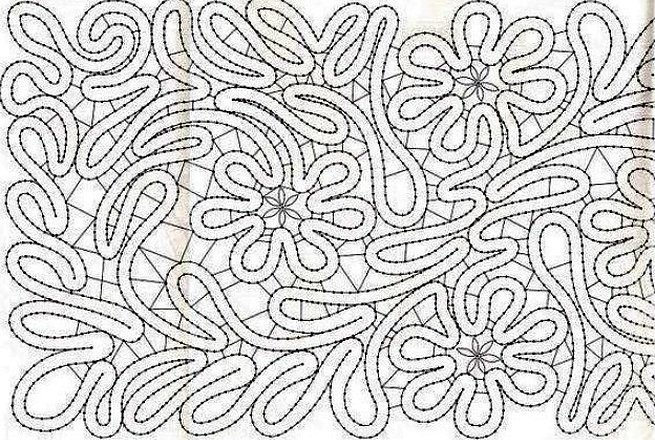
It is assumed that two sizes of threads of the same type and color are used. In the technology of making lace, hooks No. 1.0 are used for the main cord and No. 0.6 for connecting cords. Thinner threads are selected, in the form of floss, to connect the pattern into a single product.
Rough threads for securing the main cord are chosen in a contrasting color with the fabric. After finishing the work, they should be easy to remove. To connect the laces, choose a thread color identical to the color of the lace.
Napkins. They are used to try their hand at knitting lace. Laying out the cord in a circle using curls is the easiest task for beginners.
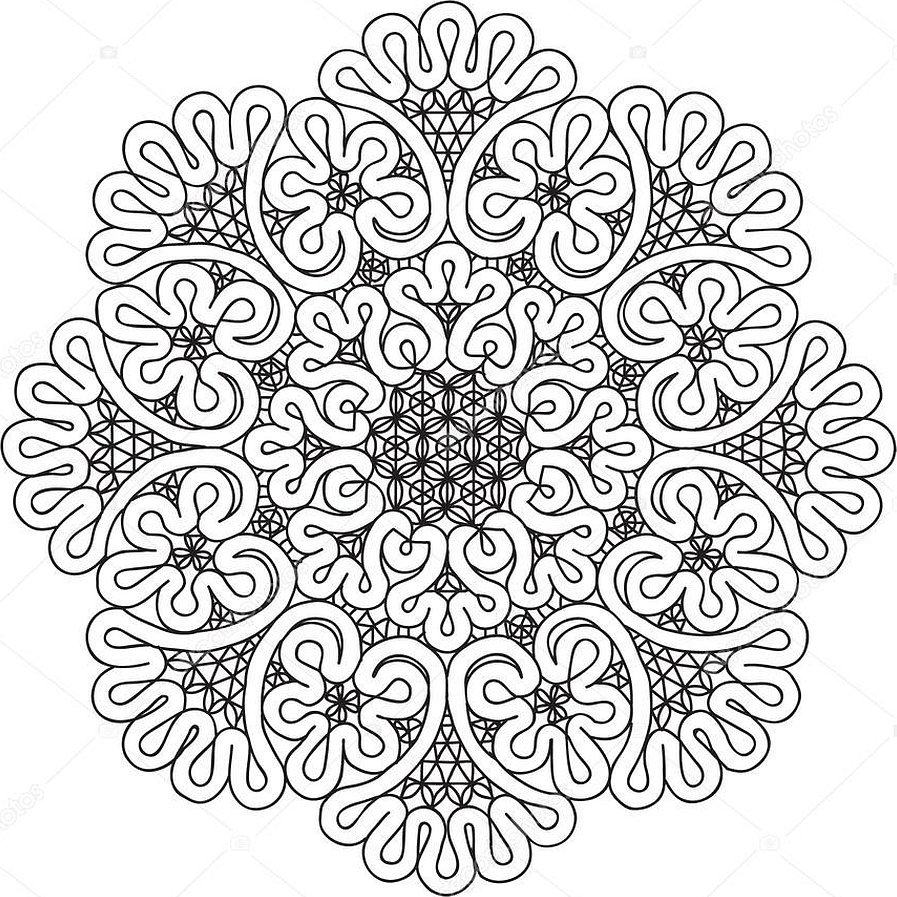
Among the products of Romanian lace weaving, all kinds of collars for evening dresses, for school uniforms, and decorations for office dresses are very popular. The uniqueness of the technique of making lace products is considered to be the use of individual elements that are combined into a single whole. The combination of individual colors and patterns, made separately, adds zest to the finished element of a wardrobe or interior.
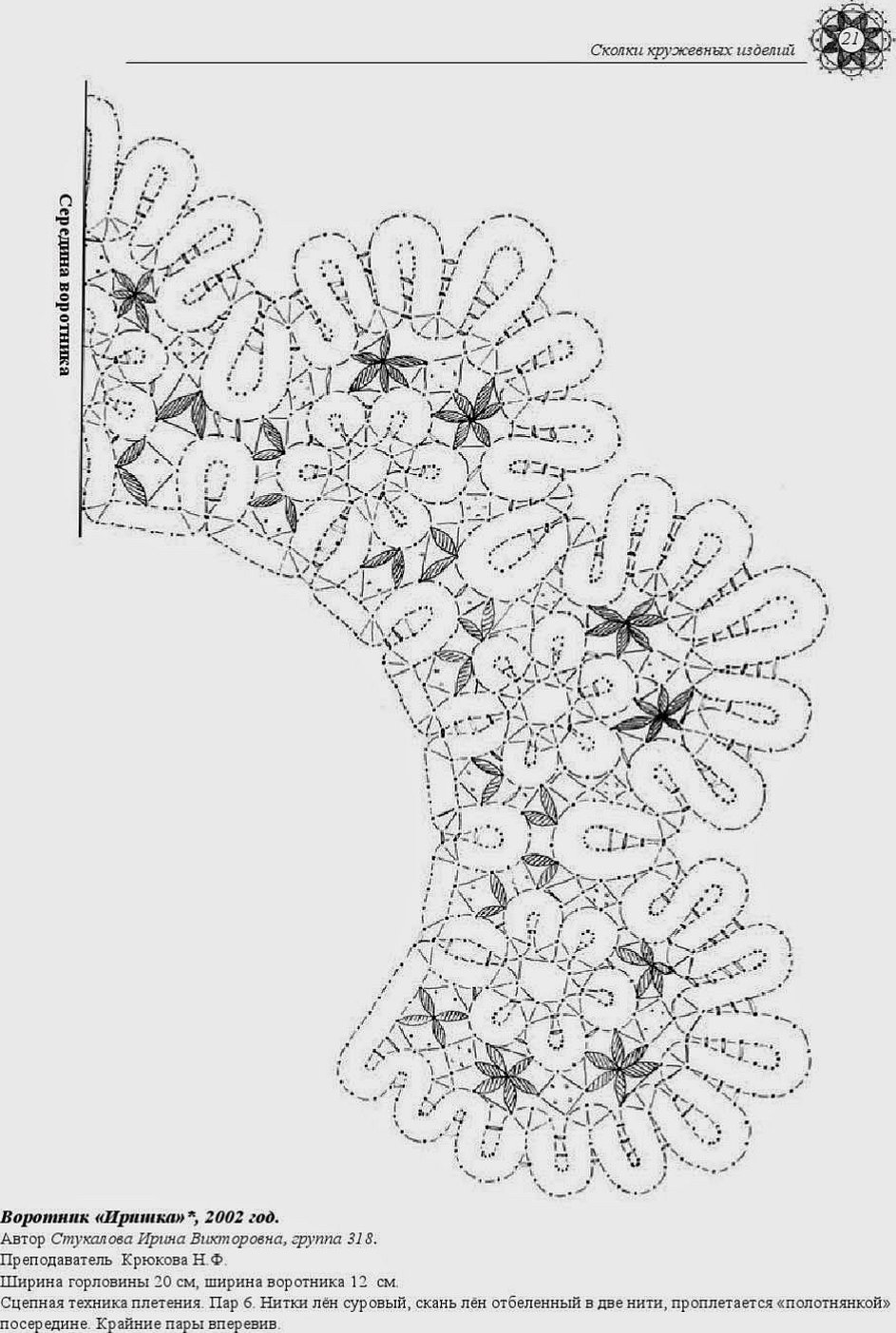
Needle stitches are used to connect the main cord.
- scalloped;
- darning;
- cardoon;
- loop and knot stitches.
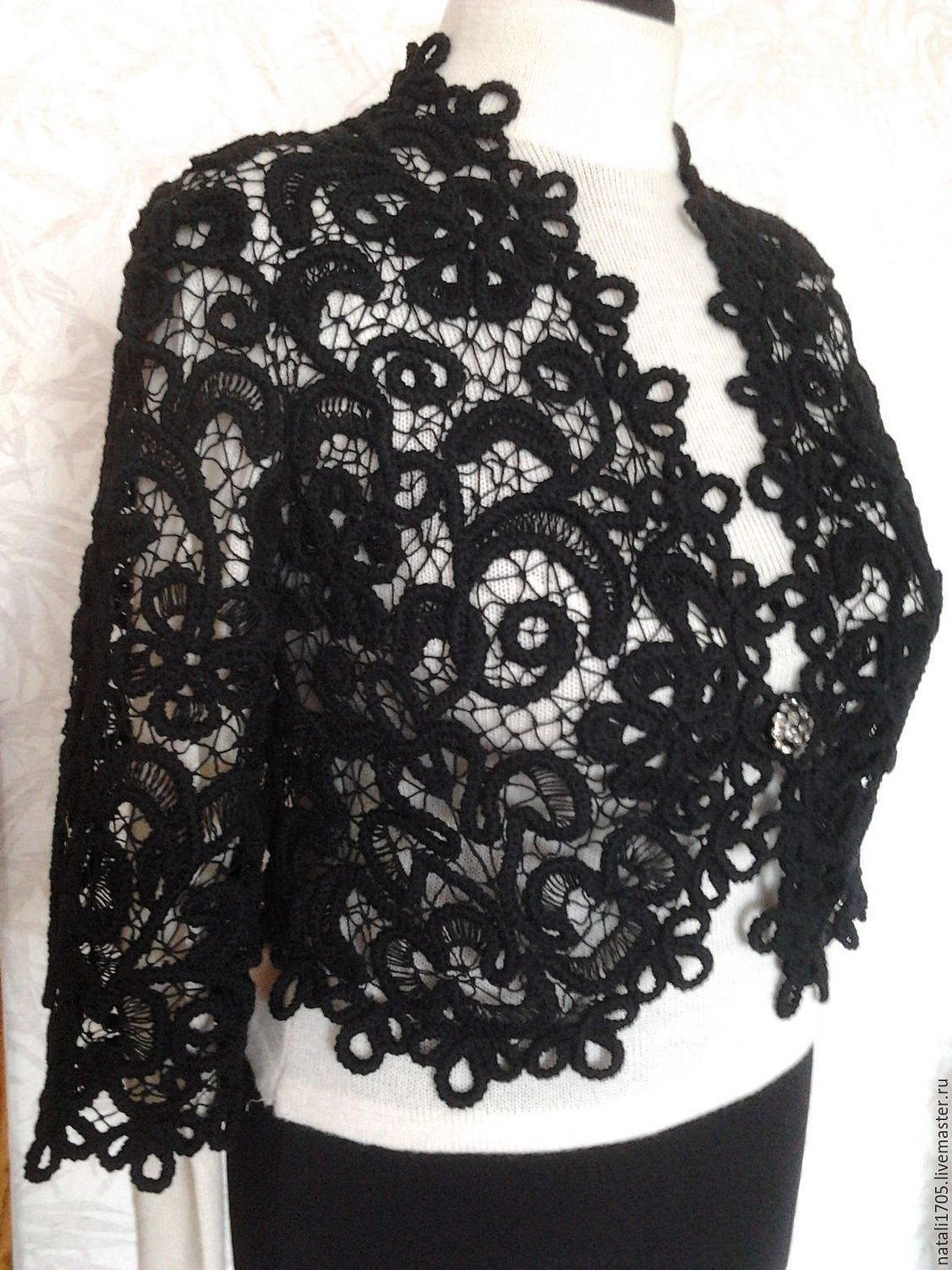
Lace is considered the heritage of Romania. The ancient craft of painstakingly knitting patterns with a crochet hook was valued far beyond the country's borders. Natural yarn and fabric were made by patient craftswomen with their own hands. Some techniques for making the most delicate lace fabrics were hopelessly lost, but Romanian lace is valued as a separate brand for the beautiful technique of making models.




